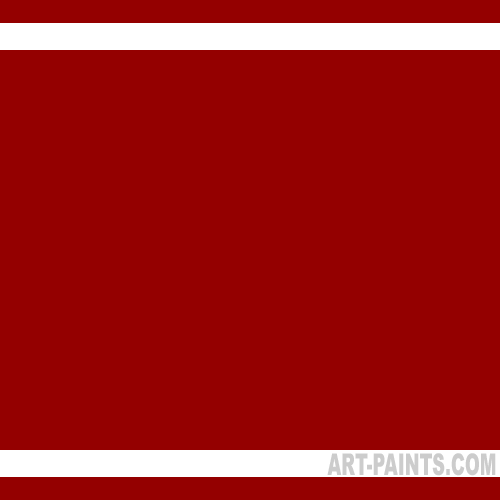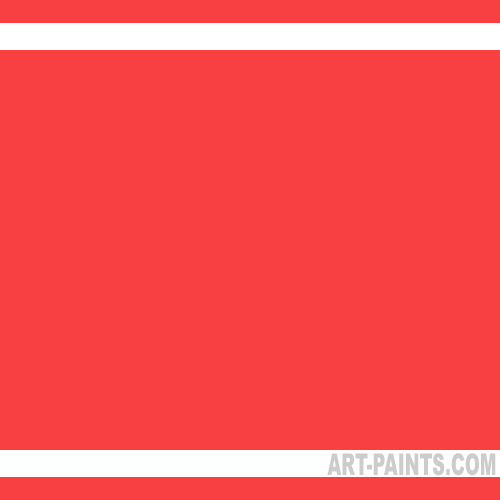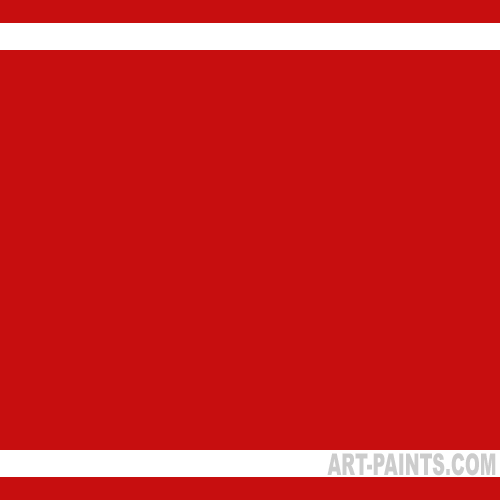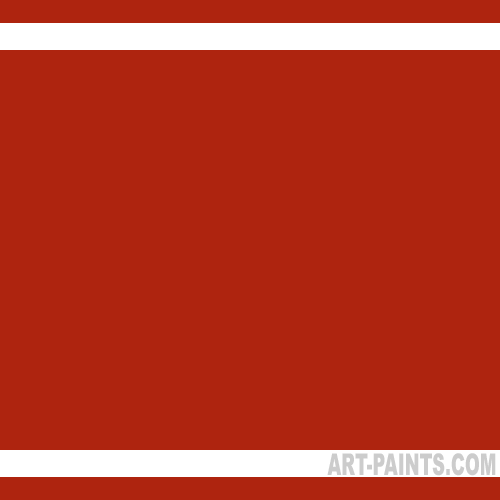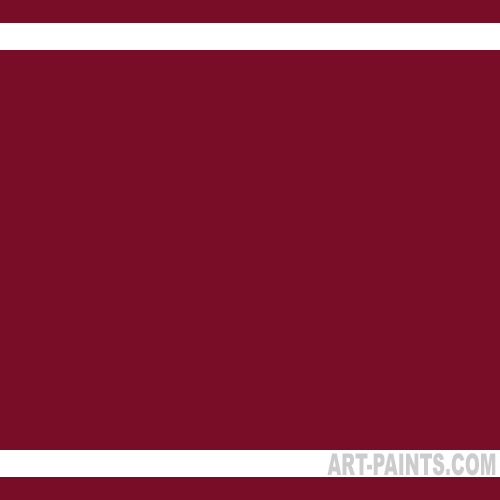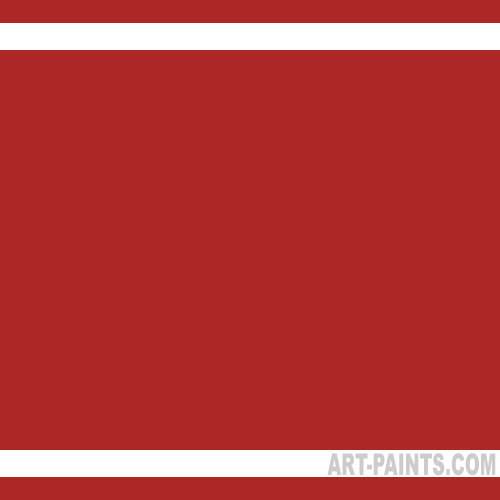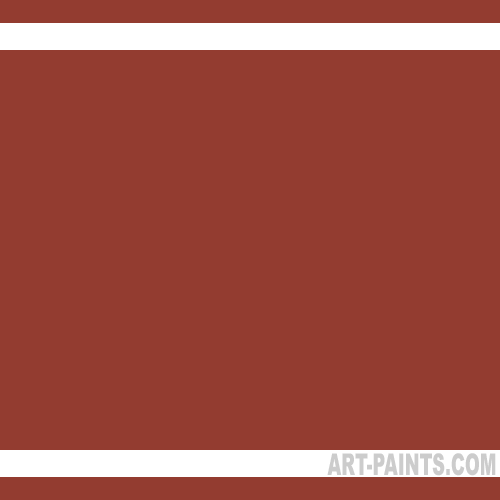Walk into an art supply shop, or pop in on an online website and you’ll feel like a kid in a candy store with all the shiny baubles.
Regardless of your medium, there’s hundred of paints produced by dozens of manufacturers to tempt, delight and confound you.
Selecting the right colors for your specific application can be a confusing and expensive exercise.
Before you start snatching tubes off the shelves willy-nilly, it pays to know a little bit about the colors you’re considering.
Red Pigment
Historically, reds are made from several pigments. Iron oxide and cinnabar are minerals that produce a red hue. Cadmium sulfide, heated with selenium, is another mineral combination that creates a red pigment. The madder root is a natural pigment that produces a red dye.
Some of these pigments are permanent, while others are considered fugitive colors. In addition, some of the pigments are quite toxic. As technology advanced, chemists and painters developed new ways to bind the pigments and create stable and long lasting paints. Oil paints, tempera and watercolors all use the same pigments. The difference is the binders used to create the emulsion.
As we move into the age of modern technology, synthetic compounds are now available to replace those pigments that are toxic or lack permanence. These hues mimic the coloration and other characteristics of the original colors without the negative aspects.
One Red Just Isn’t Enough
In considering which red you’ll need for a particular painting or object, you need to determine its place on the color wheel. There are reds that are very yellow and reds that have a high percentage of blue. The pale, pink petals of a rose would certainly not be painted with the orange-red that one might use for a zinnia.
Although a beginning artist usually starts out with a limited palette of colors, it’s necessary to have more than one red in the tabouret. However, before running out and purchasing every red known to mankind, learn where the different reds fall in the color wheel and make a well-informed purchase of a few of the necessary reds.
Alizarin Crimson
Organic Alizarin Crimson is a cool, blue tinted red. It’s transparent and tints well. When mixed with white, it produces a bright, rose pink. When mixed with blue, it produces lovely violets or purples.
Azo Red
This color tints very well and is a transparent dye. Azo Red has a slight bluish tint and makes clean, bright pinks. It is available in several shade versions.
Cadmium Red
Cadmium red is a warm color, and leans toward a yellow tint that is available in light, medium and dark hues. It has good tinting abilities and is opaque.
Quinacridone Red
This hue has a low tinting ability and provides a clean, red color. There is a wide range of Quinacridone colors.
Rose Madder
Rose Madder is transparent and does not stain. It has a crimson hue that has blue undertones. This fugitive color dulls with exposure to ultraviolet light and turns brown as it ages.
Scarlet Lake
This red has a yellow undertone and is fairly opaque. In addition to artists’ paints, this pigment is also used for weather-resistant applications.
Indian Red
This is a dull, deep brick color that has blue undertones. It is opaque and tints well. It is often used with white to create flesh-tones.
English Red, Light Red and Venetian Red are yellowish shades of this mineral color family. Mars Violet is also part of this group, and it is a dull hue with purple undertones.
These are the major players in the red family. Each color has its own personality, flaws and foibles, and each one is a hue that has its uses. However, don’t be in a hurry to rush out and buy them all. A few of these can cover the spectrum of the shades you will need to do all your painting.
